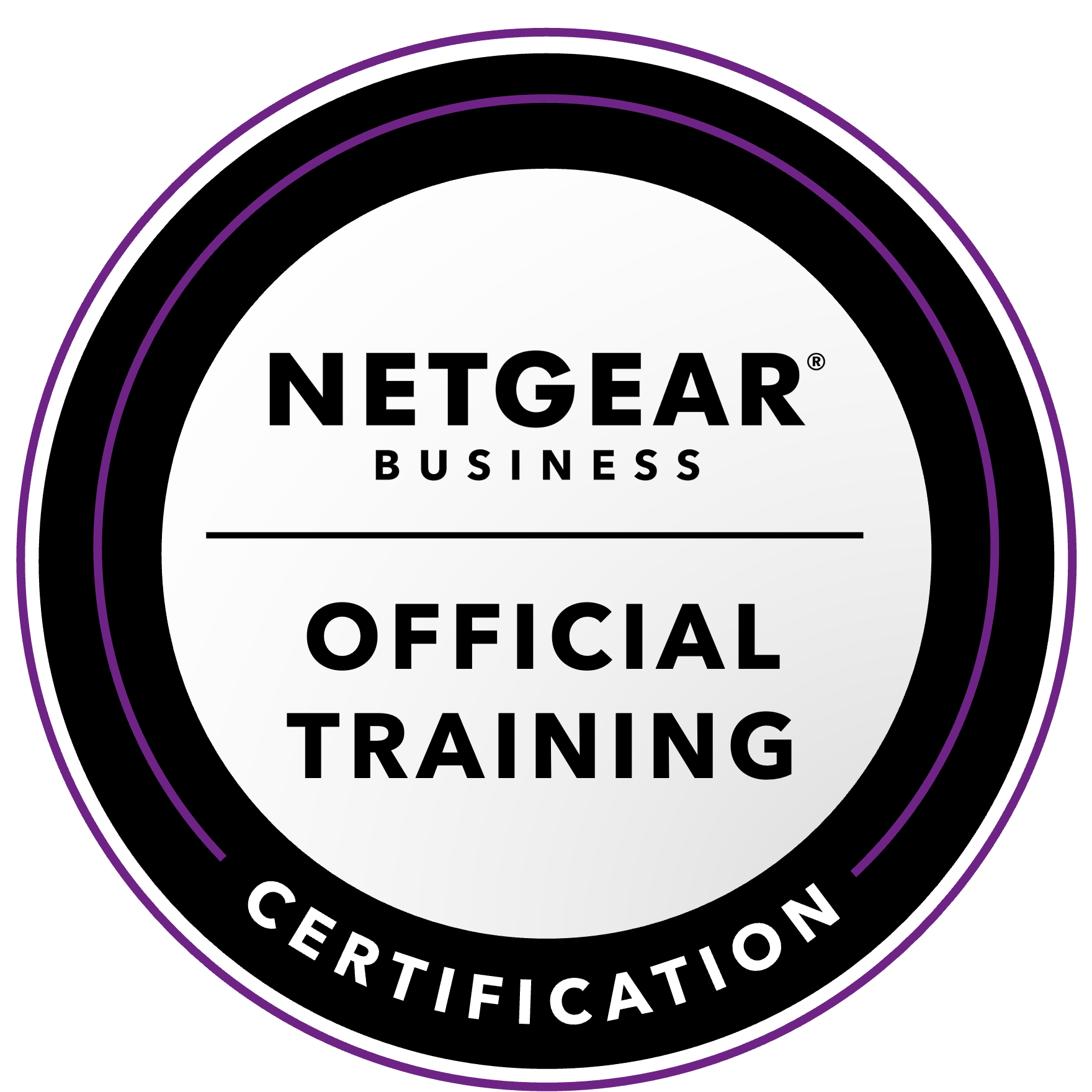NETGEAR is aware of a growing number of phone and online scams. To learn how to stay safe click here.
Forum Discussion
tony359
Sep 14, 2021Apprentice
On Network bonding/teaming
Hi there,
As others in the past, I'd like to use both my Ethernet ports on my Pro6 to see if I can speed up things. My PC has two network ports (1x1Gbit and 1x2.5Gbit). I am aware Windows 10 does not allow teaming so before digging into the internet to see if it's possible anyways, I've installed a demo version of Windows Server and I am testing now.
I have read the conversation on https://community.netgear.com/t5/Using-your-ReadyNAS-in-Business/ReadyNas-link-aggregation-bonding-teaming/td-p/1374468
However, I am unable to increase the speed - well actually I can increase the WRITE a bit, but that's it.
On Windows I have the following available modes
- Switch independent
- Static Teaming
- LACP
And the following "Load balancing modes"
- Dynamic
- Address Hash
- Hyper-V port
I've tried with Round Robin on the NAS - and all the possible modes on Windows - but I did not increase anything.
The switch is a basic GS108E from Netgear - which has a limited amount of options, not sure if any will apply?
Trying Adaptive load balancing or Adaptive Transmit Balancing on the NAS seemed to have improved the write speed - from 85 to 115MB/s.
Another thing: when I selected LACP on Windows, my interfaces did not reconnect as they failed to negotiate LACP apparently. Is there a way I could do the same on the NAS? How do I reset the network if I lose connectivity on the NAS? (Just in case...)
Thank you!
8 Replies
Replies have been turned off for this discussion
- StephenBGuru - Experienced User
Your bonding mode is set up between the PC (or NAS) and the switch - so which modes work depend on what you switch supports.
The manual is a bit unclear, but the GS108E doesn't seem to support either static LAGs or LACP. That suggests the only options on the NAS would be TLB or ALB, and the only option on Windows is "switch independent".
As you are finding, the gains are generally pretty small. You might also find that you end up with worse performance on devices that are accessing the NAS over wifi or a single ethernet connection.
While you would have more options if you upgrade the switch, I wouldn't do that just to get bonding. In general, bonding has the most gain if you have a lot of devices accessing the NAS at the same time.
- tony359Apprentice
Thanks Stephen - as usual.
In fact it turned out that the small gain in writing was the 2.5Gbit Ethernet port - which turned out to be somehow faster in 1Gbit/s mode. I've tested now in Windows 10 on single link and the numbers are the same. So it was not wasted time in the end, I've gained approx. 20MB/s in writing by just using the 2.5Gbit port! :)
I hear what you say - and you've mentioned so many times on this forum! I was just hoping to be able to gain something as the MB came with two ports, I did not selected it because of that feature so I was hoping to get a free speed upgrade!
As you say, better switches - particularly those which support speeds >1Gbit/s - are expensive so probably not worth the money.
If I ever decided to get more speed I guess I should look into swapping the whole chain - Ethernet ports, switch, NAS. Expensive but probably the only way to get some actual benefit - what is your thougt on that?
Thanks
- SandsharkSensei
Your Pro6 has only SATA II support, so the drives are probably going to be a quick next slowdown point to anything you gain with port teaming.
Related Content
NETGEAR Academy

Boost your skills with the Netgear Academy - Get trained, certified and stay ahead with the latest Netgear technology!
Join Us!
